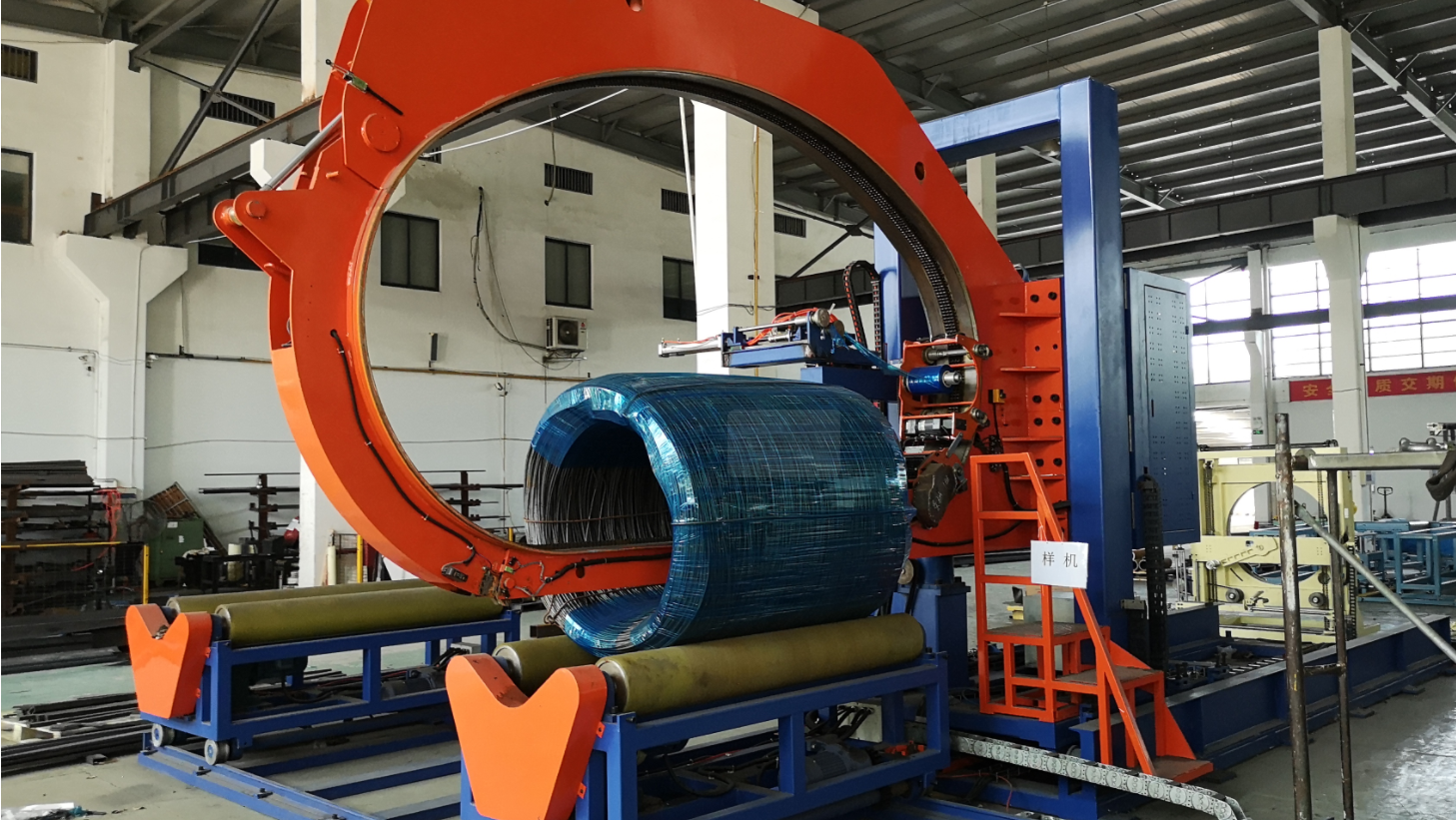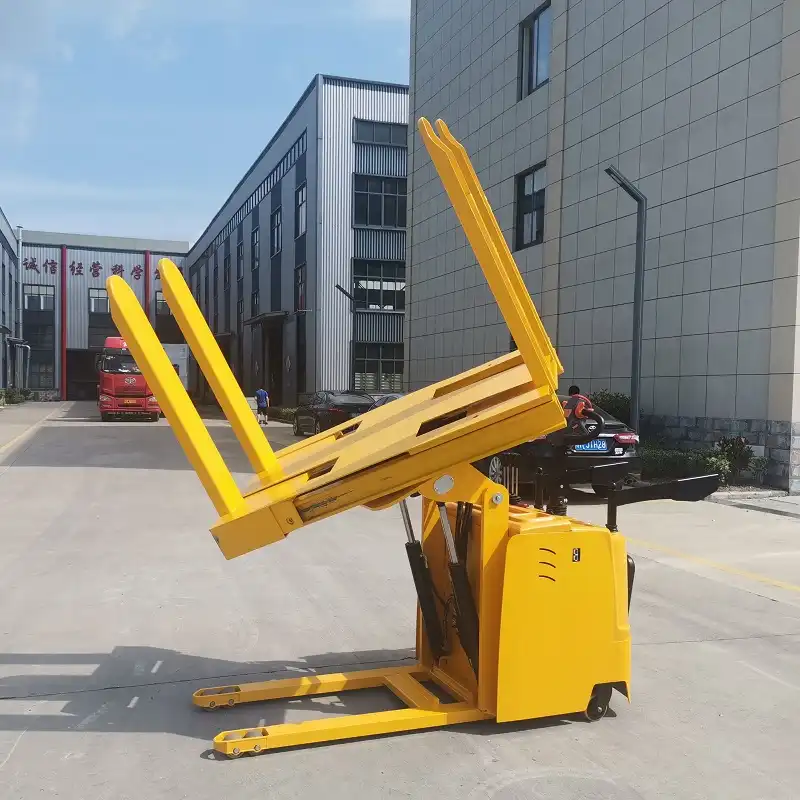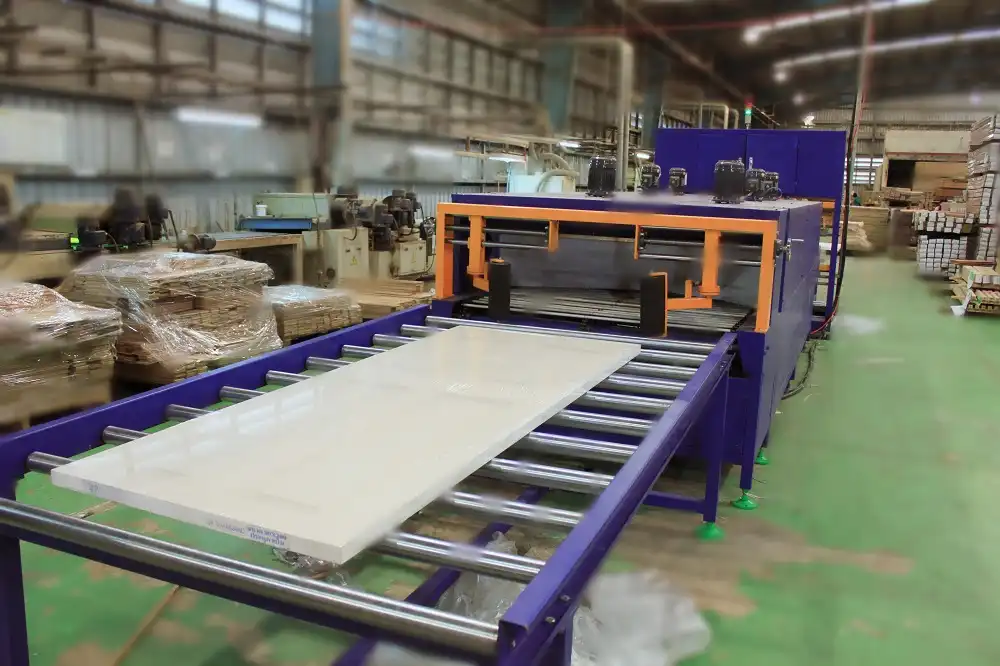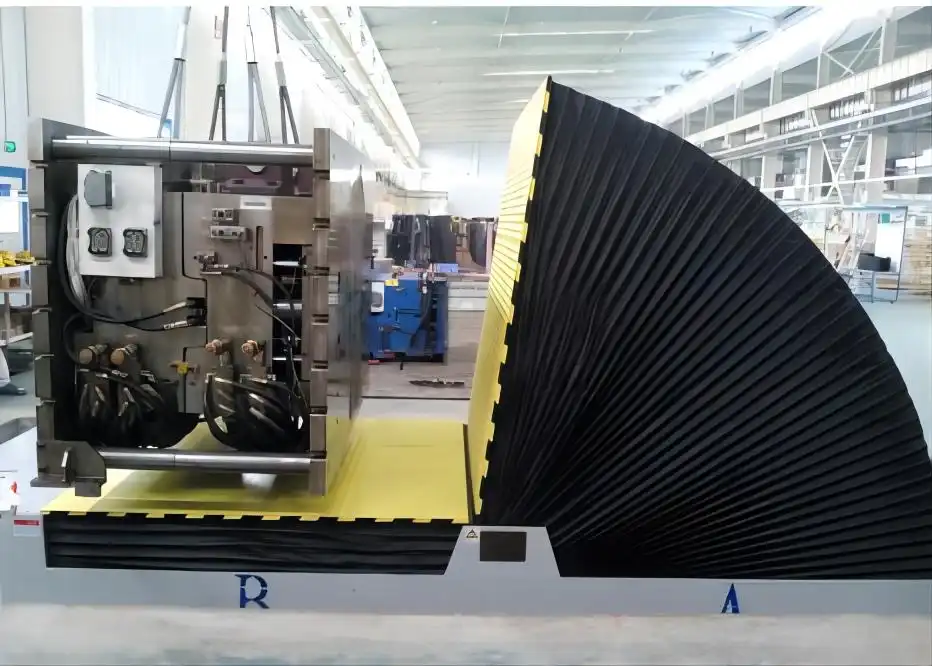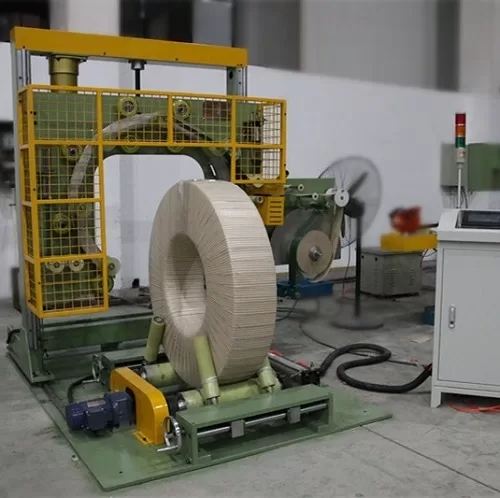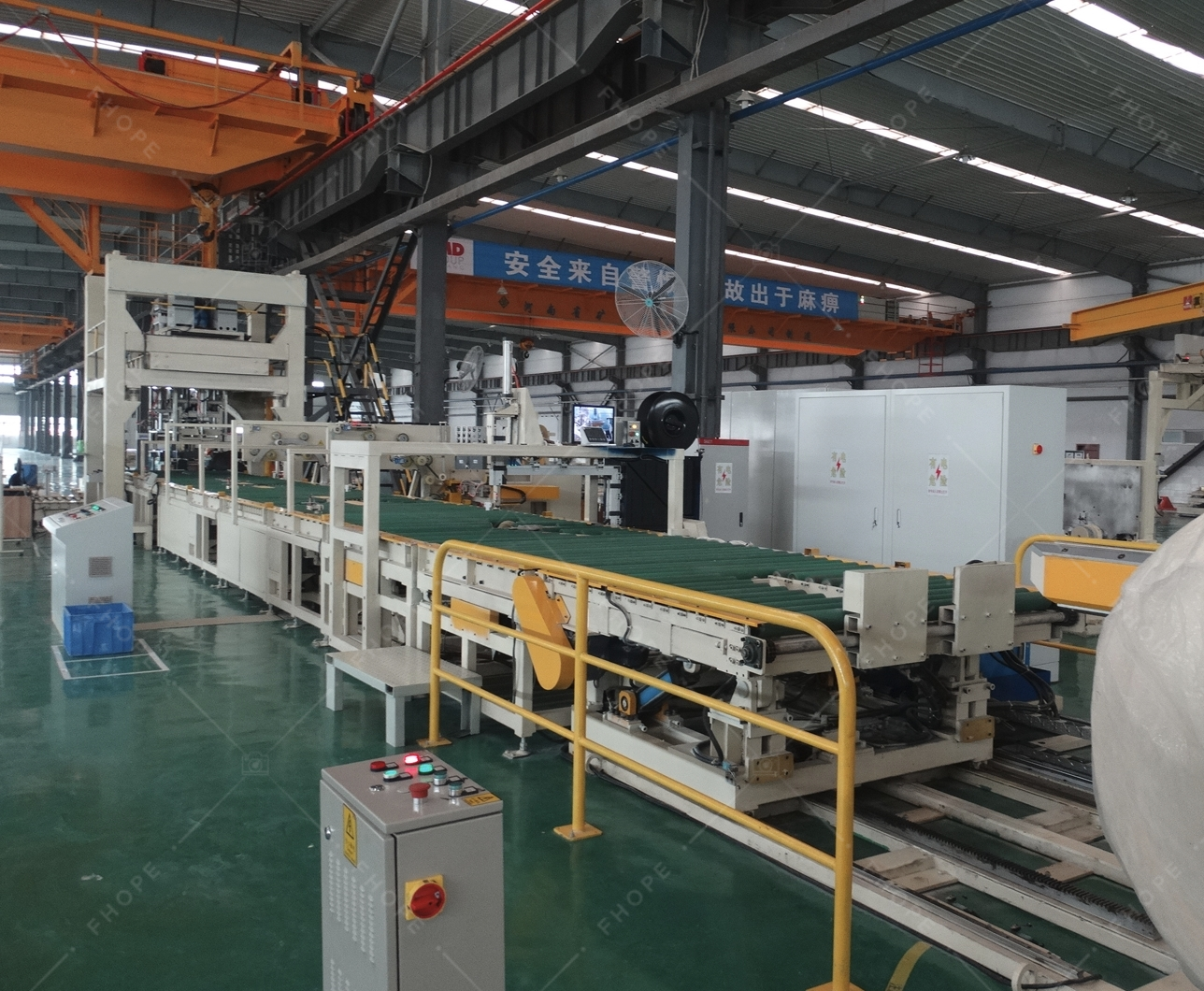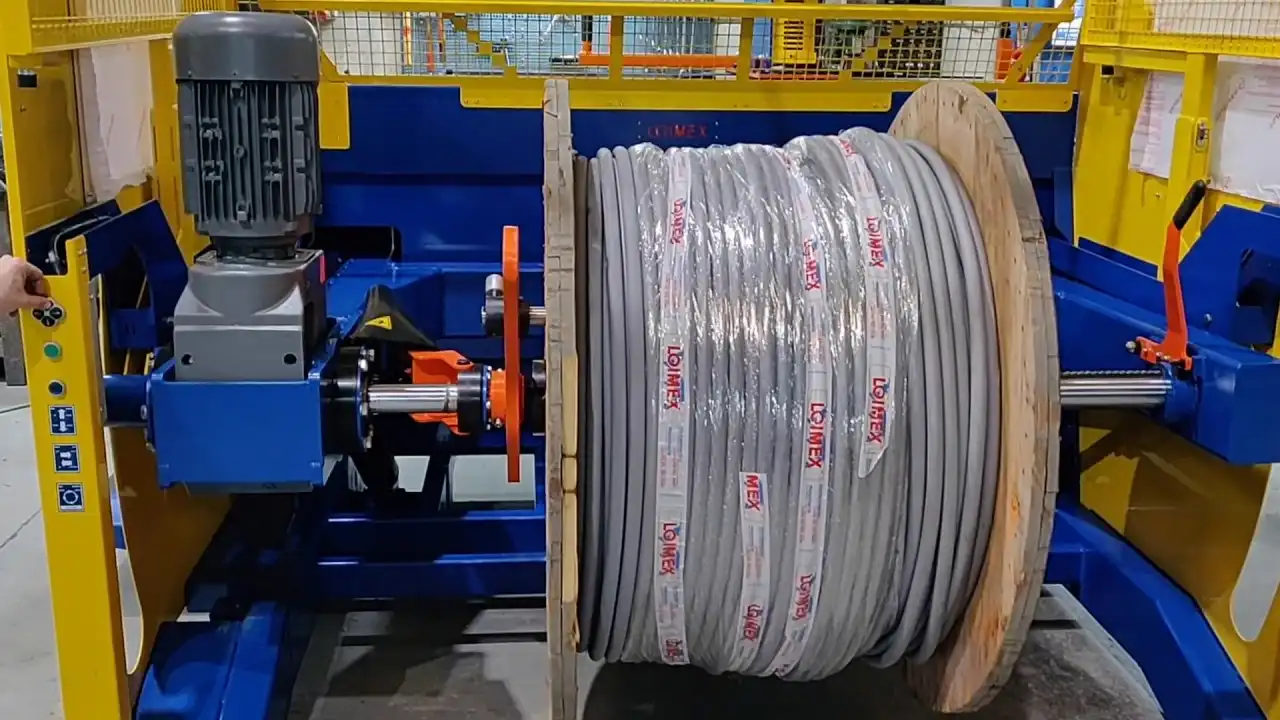Sustainable Packaging Solutions for Steel Coils: Going Green
Rust on steel coils costs billions annually, demanding robust protection. But traditional methods, often relying on messy oils and non-recyclable materials, harm the environment. Businesses are now seeking innovative, eco-friendly solutions that safeguard valuable steel during transit and storage, ensuring product integrity while minimizing environmental impact. Sustainable packaging answers this critical industry need. Adopting green practices is no longer optional; it’s essential for long-term success and environmental stewardship.
This article explores the evolution of steel coil packaging, focusing on how sustainable technologies like Vapor Corrosion Inhibitors (VCI) are revolutionizing protection while championing environmental responsibility. Delve into the benefits, technologies, and best practices for going green with your steel coil packaging.
The Dual Challenge: Protecting Steel Coils in Transit and Minimizing Environmental Footprint
Steel coils, vital components in numerous industries, face significant risks during transportation and storage, particularly corrosion accelerated by moisture, salt, and temperature fluctuations. Protecting these heavy, valuable products is paramount for manufacturers and suppliers. Historically, rust prevention for steel coils relied heavily on petroleum-based oils and greases, along with non-recyclable plastic films, creating considerable environmental waste and posing health hazards during application and removal. The challenge lies in finding packaging solutions robust enough for heavy industrial use while adhering to increasingly stringent environmental standards. Addressing this dual challenge is crucial for sustainable operations.

The traditional approach to steel coil packaging often involved wrapping in thick, multi-layer non-recyclable plastic films or applying heavy rust-preventative oils. While providing a physical barrier, these methods presented significant downsides:
- Environmental Impact: Non-recyclable plastics contribute heavily to landfill waste and plastic pollution. Petroleum-based oils contain VOCs, pollute water sources, and require hazardous solvents for removal. Disposal of oil-soaked materials is costly and environmentally detrimental.
- Health and Safety Risks: Applying and removing oils exposes workers to potentially harmful chemicals and increases the risk of slips and falls. Flammable oils also pose fire hazards.
- Customer Inconvenience: Customers receiving oil-coated coils face the messy and time-consuming task of cleaning the parts before use, adding labor costs and potentially requiring additional hazardous materials (solvents).
- Ineffective in Complex Geometries: Traditional oil barriers can struggle to reach and protect intricate or recessed areas of the coil edges or inner diameter.
These limitations highlight the urgent need for packaging innovations that prioritize both effective protection and environmental responsibility. The industry is shifting towards solutions that are cleaner, safer, and sustainable throughout the product lifecycle, from packaging application to disposal.
Environmental and Operational Costs of Traditional Packaging
Traditional methods, while offering a basic level of physical protection, come with hidden costs that impact both the environment and operational efficiency. Understanding these costs is the first step towards adopting sustainable alternatives.
Waste Generation and Disposal Costs
Non-recyclable packaging materials, primarily multi-layer plastics and wraps contaminated with oils, constitute a significant portion of industrial waste. This waste ends up in landfills, contributing to environmental degradation and incurring substantial disposal fees for manufacturers.
| Packaging Type | Recyclability | Disposal Method | Environmental Impact | Disposal Cost |
|---|---|---|---|---|
| Traditional Non-Recyclable | Low | Landfill/Incineration | High | High |
| Petroleum-Based Oils | No | Hazardous Waste | High | Very High |
| Sustainable VCI (Paper/Poly) | High | Recycling/Repulping | Low | Low |
Resource Depletion and Carbon Footprint
The production of virgin plastic films and petroleum-based oils is energy-intensive and relies on finite fossil fuel resources. This manufacturing process generates significant greenhouse gas emissions, contributing to a higher carbon footprint for companies utilizing these materials. Switching to materials made from recycled content or those requiring less energy to produce directly lowers this environmental burden.
Health, Safety, and Labor Costs
Handling and applying traditional rust preventatives like oils are labor-intensive processes that expose employees to hazardous substances. The need for personal protective equipment, ventilation systems, and safety training adds to operational costs. Furthermore, the cleaning process required by the customer also incurs labor costs and potential safety risks associated with solvents. Sustainable solutions, like VCI, often simplify the packaging process and eliminate the need for messy, hazardous substances.
VCI Technology: A Cornerstone of Sustainable Coil Packaging
Vapor Corrosion Inhibitor (VCI) technology represents a significant advancement in protecting metal coils, offering a clean, dry, and effective alternative to traditional methods. Unlike physical barriers or coatings, VCI works by releasing protective molecules into the enclosed packaging environment. These molecules form an invisible, thin layer on the metal surface, interrupting the electrochemical process that causes rust and corrosion. VCI-based packaging for steel coils provides comprehensive protection, reaching into recessed areas and internal diameters often missed by traditional methods, all while utilizing environmentally conscious carrier materials like recyclable paper and poly film. This technology is pivotal in achieving sustainable coil packaging.
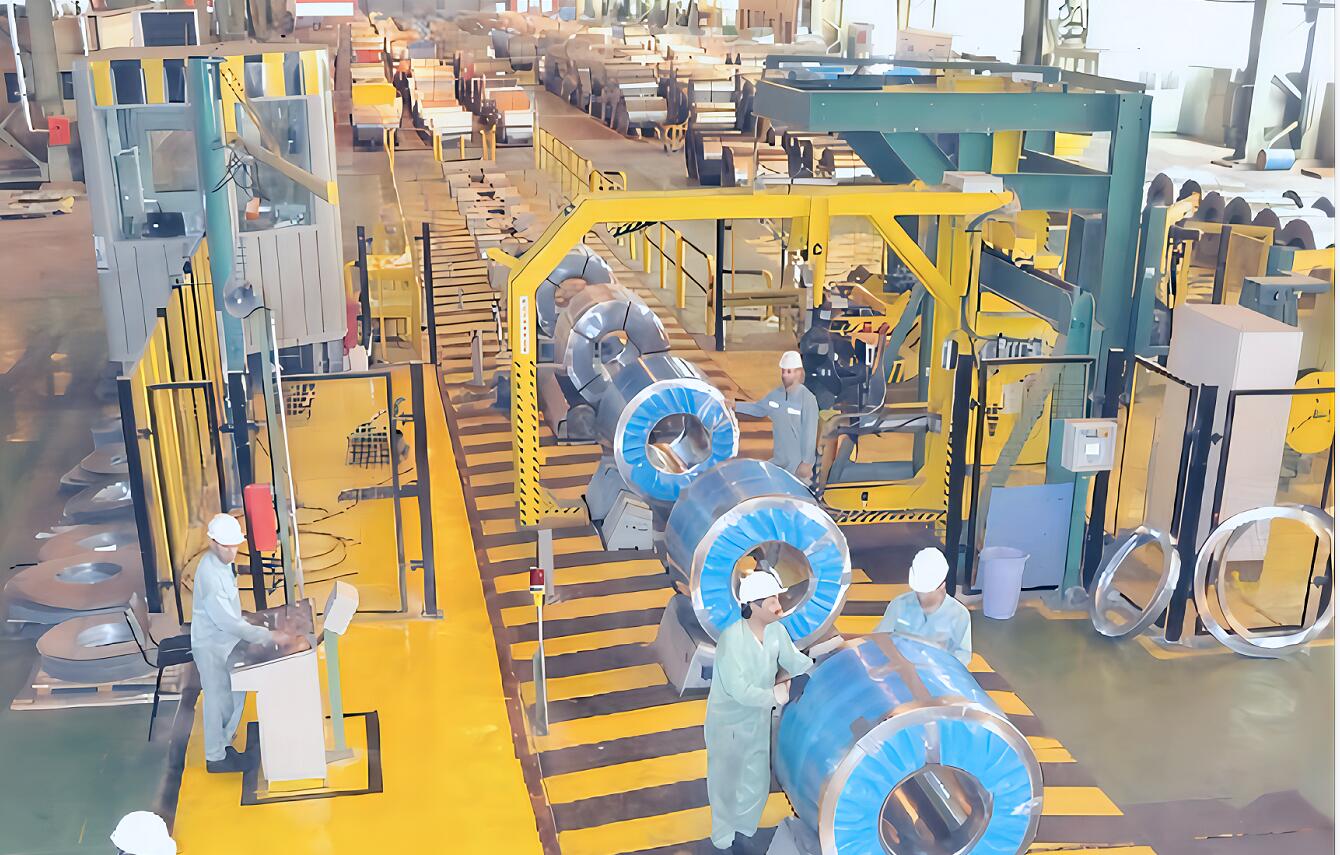
VCI technology leverages the principle of volatility. VCI compounds, impregnated into carrier materials like paper or polyethylene film, have a sufficiently high vapor pressure at ambient temperature to release molecules into the air within the packaging enclosure. These molecules then adsorb onto the metal surface due to their polarity, forming a monomolecular protective layer. This layer effectively passivates the surface, inhibiting the anode and cathode reactions required for the corrosion cell to function.
The effectiveness of VCI for steel coils stems from its ability to protect all surfaces, including the inner diameter and edges, which are particularly vulnerable to corrosion during transport and storage. When a steel coil is wrapped in VCI paper or enclosed in a VCI poly bag, the VCI molecules volatilize and diffuse throughout the packaging, ensuring uniform protection.
How VCI Technology Delivers Sustainable Protection
The sustainable aspect of VCI technology is multifaceted, residing in the chemistry itself, the carrier materials used, and the operational benefits it provides.
Environmentally Friendly Chemistry
Modern VCI formulations are increasingly designed to be non-toxic, biodegradable, and free from heavy metals, phosphates, and other harmful substances commonly found in traditional rust preventatives. Many use food-grade preservatives as their active ingredients, making them safer for workers and the environment.
Sustainable Carrier Materials
VCI is impregnated into carriers like paper and polyethylene. By choosing recyclable and repulpable paper or recyclable/biodegradable polyethylene films, the packaging itself becomes part of a circular economy. This contrasts sharply with multi-layer laminates or oil-soaked wraps that are difficult or impossible to recycle. High-strength VCI papers often use recycled content, further reducing their environmental footprint.
Reducing Waste and Need for Cleaning
VCI packaging eliminates the need for applying and removing messy oils and greases, thus reducing the generation of hazardous waste streams (like oil-soaked rags and solvents). Since the VCI layer evaporates upon opening the package, the metal coil is ready for immediate use, saving energy, water, and chemicals that would otherwise be used for cleaning.
| Feature | Traditional Oil/Grease | Non-Recyclable Film | VCI Paper | VCI Poly Film |
|---|---|---|---|---|
| Protection Mechanism | Physical Barrier | Physical Barrier | Vapor Inhibition | Vapor + Barrier |
| Rust Prevention | Good (if coverage 100%) | Limited | Excellent | Excellent |
| Environmental Safe | Low | Low | High | High (Recyclable) |
| Hazardous Waste | High | Low | Low | Low |
| Need for Cleaning | Yes | No | No | No |
| Recyclability | No | Low | High | High |
| Coverage | Can miss areas | Only contact | Complete | Complete |
This comparison highlights how VCI, particularly when paired with sustainable carrier materials, offers superior protection with a significantly lower environmental impact compared to older methods.
Choosing and Implementing Sustainable Coil Packaging Solutions
Selecting the right sustainable packaging solution for steel coils requires evaluating the specific needs of the product, transportation methods, storage duration, and environmental goals. Various VCI-based options are available, including VCI paper, VCI poly film, and VCI emitters, each offering distinct advantages. Implementing sustainable packaging for steel coils involves choosing appropriate VCI carrier materials (like recyclable paper or poly) based on coil size, weight, and desired protection level, ensuring proper application techniques, and integrating these materials into existing packaging processes to maximize environmental and operational benefits. Expert consultation can help determine the optimal combination of VCI products and application methods for specific requirements.

The choice between VCI paper and VCI poly film, or a combination, often depends on factors like the need for a moisture barrier, puncture resistance, and ease of application.
Tailoring VCI Solutions for Steel Coils
Steel coils come in various sizes and weights, and their packaging needs vary. A one-size-fits-all approach is insufficient. Tailoring the VCI solution ensures maximum effectiveness and cost-efficiency.
VCI Paper for Inner Wrapping and Interleaving
VCI paper is ideal for wrapping the inner diameter of coils, interleaving between layers of stacked coils, or as a general wrapping material. High-strength, often scrim-reinforced or poly-coated VCI papers are available to withstand the weight and handling of heavy coils. The volatility of VCI from paper allows for rapid protection saturation within the package. Using VCI paper made from recycled and repulpable fibers enhances sustainability.
VCI Poly Film and Bags for Outer Protection
VCI poly film, available as sheeting, bags, or custom covers (like coil covers), provides a durable outer layer that offers both VCI protection and a moisture barrier. This is particularly important for outdoor storage or overseas shipping where exposure to humidity and rain is likely. Heavy-duty VCI poly films offer excellent tear and puncture resistance. Choosing VCI poly films that are recyclable contributes to reduced environmental impact. Stretch VCI film is also effective for wrapping palletized coils.
Application Best Practices
Proper application is crucial for VCI effectiveness. Ensure the VCI side of the material faces the metal surface (though some materials are coated on both sides, like some VCI paper). The VCI product should be in relatively close proximity to the metal to allow the vapor phase protection to work efficiently (typically within 12 inches of the metal surface). For large coils, using enough VCI material is vital – a general guideline is at least 1 square foot of VCI material per 1-3 square feet of metal surface area or 1 cubic foot of void space. Sealing the package effectively, while not requiring it to be airtight, helps maintain a VCI-rich environment.
Integrating with Packaging Processes
Sustainable coil packaging can be integrated into automated or semi-automated packaging lines. VCI paper or film can be automatically dispensed and wrapped around coils. Pre-formed VCI bags or covers can simplify manual application. Optimizing the packaging process not only ensures consistent protection but also improves operational efficiency.
Operational Benefits and Enhanced Supply Chain Performance
Adopting sustainable packaging for steel coils offers compelling operational advantages that translate into improved efficiency, reduced costs, and a stronger reputation across the supply chain. Beyond the environmental benefits, VCI-based solutions streamline processes from the factory floor to the customer’s receiving dock. Sustainable packaging for steel coils, particularly VCI technology, significantly reduces rework due to rust, eliminates the need for costly and messy cleaning processes at the customer’s end, improves workplace safety by removing hazardous materials, and enhances overall supply chain reliability by ensuring coils arrive in pristine, ready-to-use condition. These factors contribute to lower total cost of ownership and increased customer satisfaction.
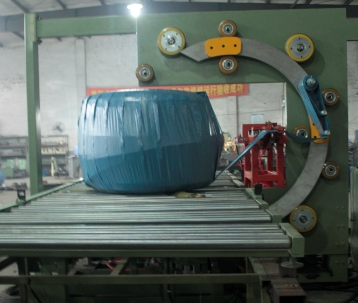
Reducing rust damage is perhaps the most immediate and significant operational benefit. Corrosion on steel coils leads to costly rework, including cleaning, re-processing, or even scrapping the affected material. This not only wastes valuable resources but also disrupts production schedules and leads to delays. VCI packaging prevents rust from forming, ensuring that coils maintain their quality from the point of manufacture through storage and transit, even under challenging environmental conditions. This reliable protection minimizes the instances of damaged goods, leading to fewer customer complaints, reduced returns, and a more efficient flow of materials throughout the supply chain.
Furthermore, the elimination of messy oils and greases simplifies handling both internally and for the customer. On the factory floor, it means a cleaner, safer working environment with less risk of slips and falls. There’s no need for oil application equipment or disposal procedures. For the customer, receiving clean, dry coils is a major advantage. They can immediately move the coils to their production lines without investing time, labor, or materials in cleaning. This "ready-to-use" state improves their operational efficiency and strengthens the business relationship. Choosing recyclable VCI materials also simplifies disposal for the customer, aligning with their own sustainability goals. These combined operational efficiencies and environmental benefits make sustainable packaging a strategic advantage.
Conclusion
Embracing sustainable packaging solutions, particularly VCI technology, for steel coils offers a clear path to minimizing environmental impact while maximizing product protection and operational efficiency. By choosing recyclable carrier materials like VCI paper and poly films, companies can significantly reduce waste, conserve resources, and lower their carbon footprint. The inherent effectiveness of VCI in preventing costly corrosion ensures product integrity throughout the supply chain, leading to reduced rework and enhanced customer satisfaction. The shift towards greener methods is not just an environmental imperative but a smart business strategy for the future of steel coil packaging. Companies looking to optimize their processes and environmental performance should explore modern coil packaging solutions.

